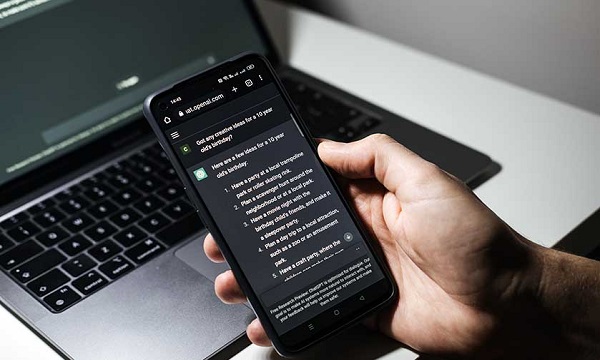Events

HCLTech Hackathon 2024
A call to technology enthusiasts and professionals eager to demonstrate their skills to join a dynamic team and gain exposure to working in a challenging and diverse environment.

HCLTech at CS Week 2024
Unleash the power of AI/ML | Join HCLTech at CS Week 2024 | Booth #201

Experience Digitally Connected Intelligent Enterprise
Join HCLTech at the Boomi World 2024 to explore the future of secure data integration and application leveraging, from May 6-9 in Denver, Colorado.

RSA Conference 2024
Save the dates May 6-9 to meet us at RSA Conference 2024, San Francisco! Learn how HCLTech's Dynamic Cybersecurity Framework helps in transforming organizations into a future-ready enterprise.

Supercharge your enterprise with hybrid cloud Automation
Red Hat Summit 2024, a premier conference, caters to engineers, developers, system administrators, architects and multiskilled technical professionals across technology organizations.

HCLTech is at Blue Yonder ICON 24
HCLTech is one of the largest Blue Yonder SI partners with experience across the full life cycle of Blue Yonder solution consulting, design, implementation, and support.

We are at Temenos Community Forum 2024
Understand how banks leverage smart options to suit their specific digital touchpoints transformation strategy. Engage with a great panel of leaders across Temenos, leading European banks and HCLTech.

We are at Dell Technologies World 2024
We are a Dell Technologies Titanium Black Partner enabling supercharging progress for our customers in today’s data-centric, multi-cloud world. To know more, meet us at Dell Technologies World.

Unlocking Data & AI Potential: Informatica World 2024
Exploring the Future of Data-Driven Innovation with HCLTech

HCLTech at Cisco Live 2024
HCLTech is a Bronze sponsor at Cisco Live 2024, showcasing their managed service solutions, which is set to take place in Las Vegas on June 2-6.

HCLTech is at Snowflake Summit 2024
Leverage our expertise and comprehensive partner ecosystem to drive data transformation with secure, scalable Snowflake-driven solutions.

PegaWorld iNspire 2024
Supercharging connected experience delivery by leveraging intelligent automation | June 9-11 | Las Vegas
Pagination

HCLTech-Automation Anywhere roundtable- South Africa chapter
The roundtable is a podium tailored to executives and IT leaders, detailing how intelligent automation is critical to workforce transformation.

We Are at Oracle CloudWorld Tour Singapore
Innovating, integrating and elevating enterprises with Oracle solutions
HCLTech at Google Next 2024: Cloud solutions and Innovations
Save the dates April 9 -11, 2024. Get in touch with HCLTech at Google Cloud Next ’24 in Mandalay Bay, Las Vegas to learn about cloud solutions, innovation, and more. Register now!

Putting Your Frontline Workforce at the Forefront of Technology
In current era organizations are focusing on IT and workplace transformation initiatives to improve productivity of frontline workforce, their experiences, wellness and safety

Balancing velocity and stability in application development and maintenance
In a world where teams are getting smaller and releases are becoming more frequent, it's crucial to manage environments. Don't sacrifice stability for speed; instead, focus on platform resiliency.

Preflight for the journey to SAP S/4HANA
Will Setiyawan and Matthew Cordner discuss Northrop's S/4 assessment journey, highlighting its vision, expected value & our role in supporting due diligence, business case & implementation planning.
